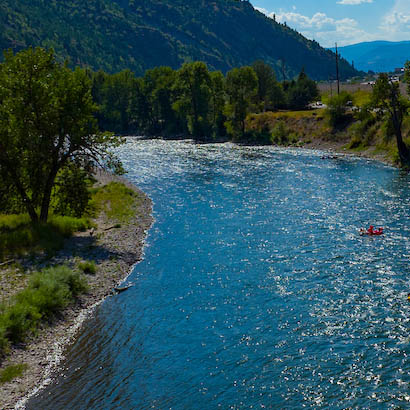Hydro-Economics of Agricultural Regions
Hydro-Economics of Agricultural Production
This site disseminates results from research on hydrology, climate, and agriculture conducted by an interdisciplinary cluster of scientists at the University of Montana and at Virginia Tech and led by Associate. Prof. Marco Maneta. The overarching goal of this research group is to to understand the impact of climate, policy and agricultural markets on farmer choices, on food security, and on the regional hydrologic cycle in the State of Montana.
We align science, policy and technology to gain insight into the linkage between the hydroclimatic and agricultural systems at unprecedented spatial and temporal resolutions. Our objective is to develop and apply state-of-the-art decision support tools capable of informing how a range of climate, policy, and market scenarios will affect water availability, agricultural sustainability and rural livelihoods.
Support comes from projects funded by the USDA AFRI Water for Agriculture Challenge Area program and the NASA EPSCoR program.
This site post regularly stories of interest for a wide audience, including scientists, students, resource managers, and the general public. Please, follow us on Twitter to receive updates.
